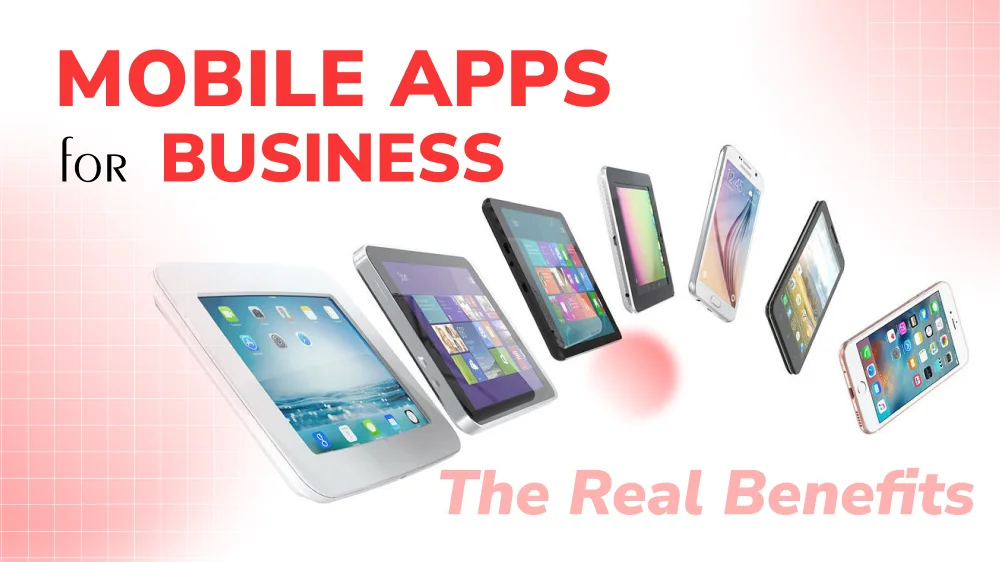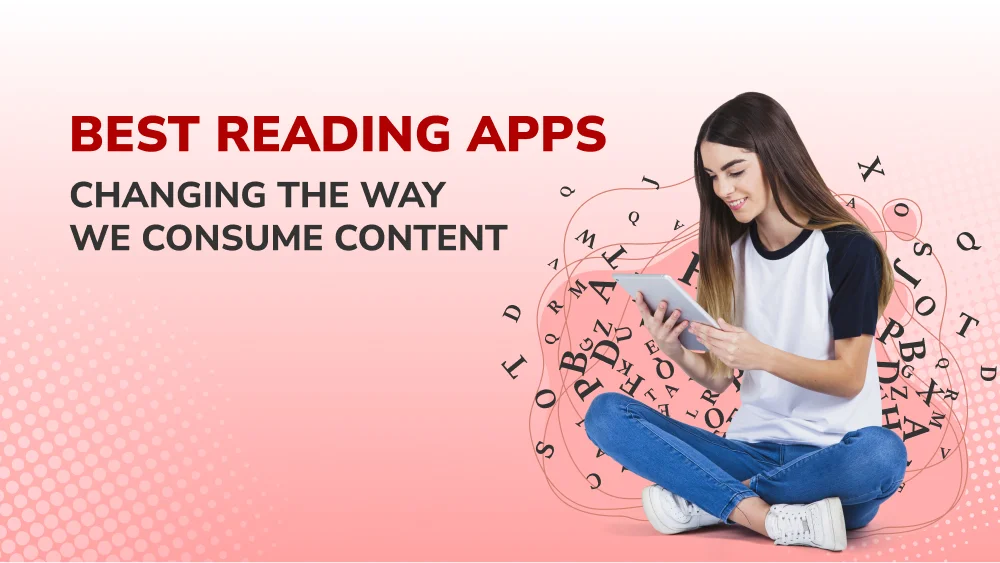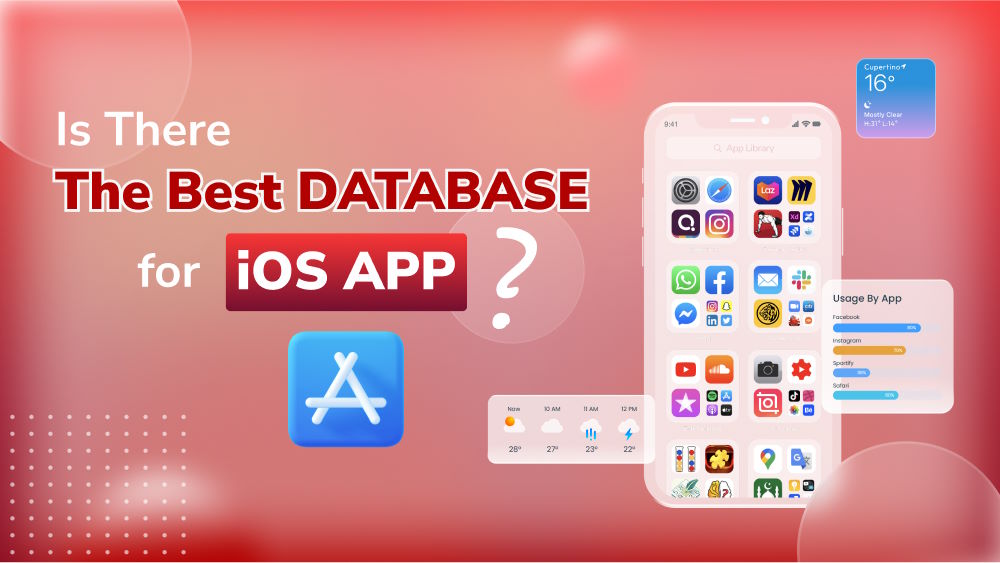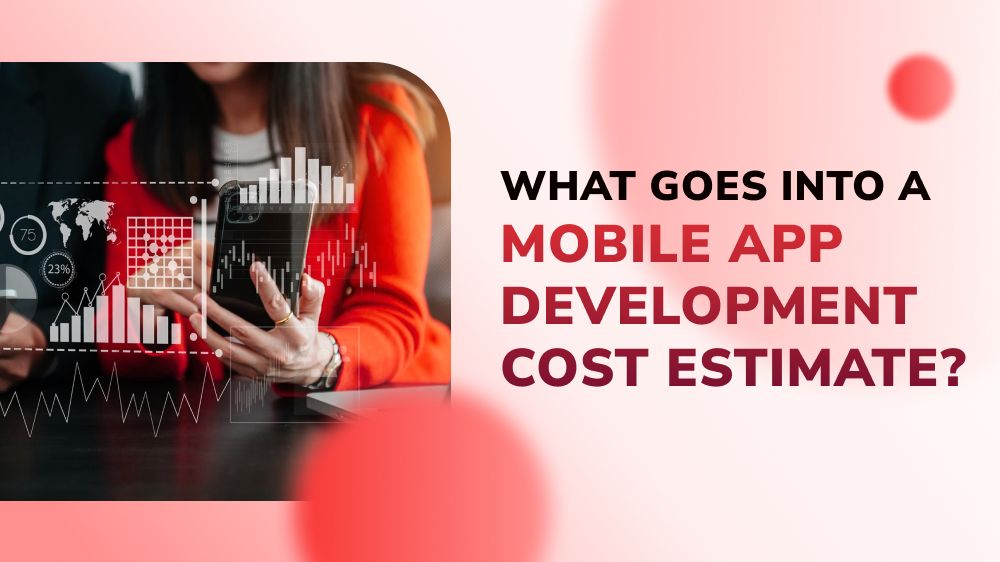
What Goes into a Mobile App Development Cost Estimate?
Planning on outsourcing your mobile app project? Find out what goes into a mobile app development cost estimate and how to choose the right developer.

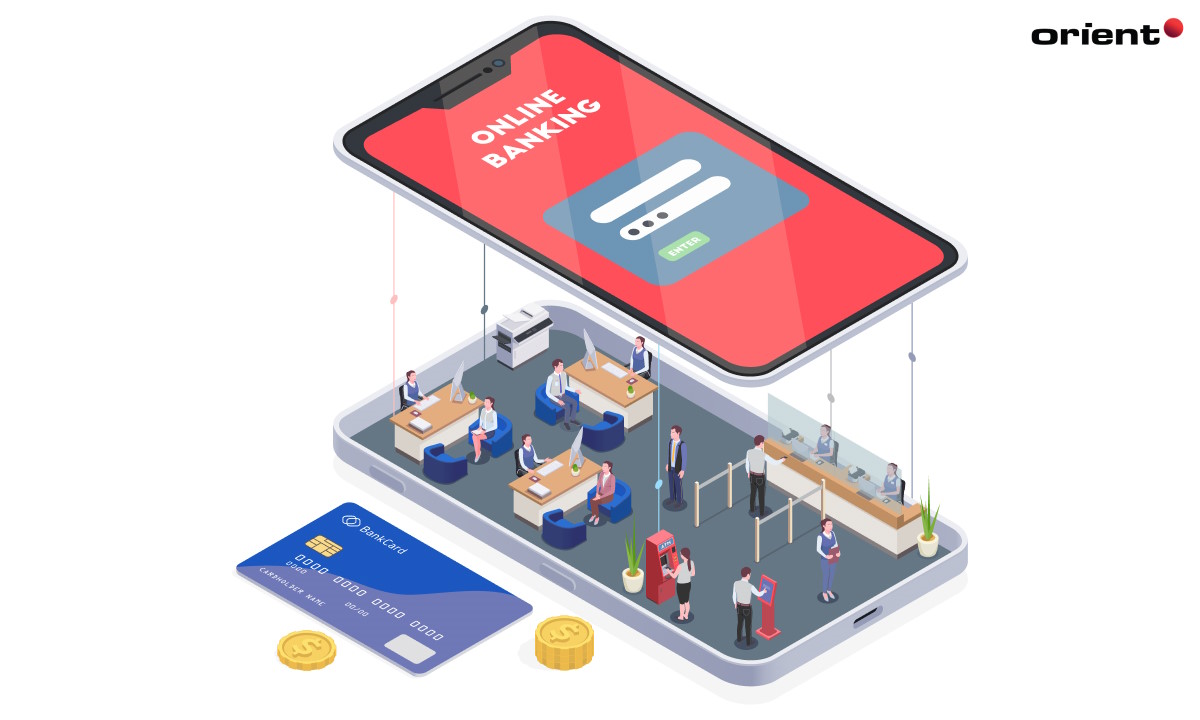
Mobile banking development trends show frantic ambition, resulting in steady growth potential and the continued drive for evolution. As predicted by many experts, about 40% of banking transactions will be carried out via mobile networks and devices in 2020, and about two-thirds of banking operations will be carried out by the IT system. And this prediction is valid up to the present time. Even this number is increasing rapidly every year.
The development and impact of the 4.0 revolution have caused customers to change their tendency to access products and services. Going directly to the bank to serve the needs of withdrawal, money transfer and financial-related activities, etc., is now considered to be quite annoying and time-consuming.
To adapt to the general context of the financial economy, the bank branch was forced to transform and create a banking app. On the customer side, such an app acts as a mobile banking solution, solving most of the customer’s financial requirements with just a mobile device and an internet connection. On the corporate side, developing mobile banking software retains the target audience and creates brand value and profits.
So, what are all the mobile banking app features? What should businesses do to successfully create a banking software? The article below will give you some clues.
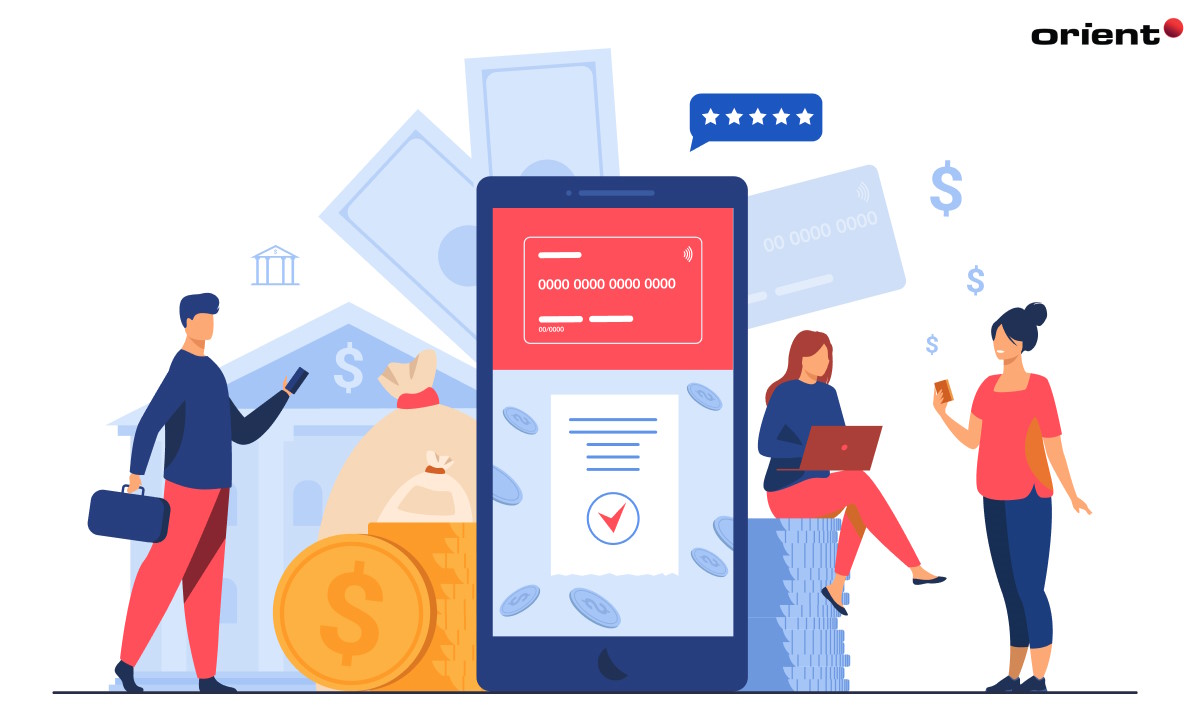
Mobile banking app is one of the types of online banking services that allow users to conduct financial transactions on tools connected to the internet or telecommunications networks without using an ATM card or going directly to a bank or financial institution. By using the cardless ATM access function, users can withdraw cash, transfer money, query balance, check transaction history, and perform other operations on bank account management in the form of online banking apps. All of these banking services can be accessed through websites or mobile devices. In particular, banking apps that can only be used on mobile devices are called mobile-only banking apps.
According to DataReportal, there were 4.95 billion active internet users in 2022. That represents an increase of 192 million from 2021 to the present. The rise in number of people using the internet actively worldwide is also growing at a rate of 4%, which is four times greater than the overall population growth rate of 1%. All the above figures have shown the strong development of information technology and the trend of internet-dependent behavior in all aspects of life, including the banking industry of the target audience.
The appearance of technology makes customers’ habits and behaviors gradually change. They want to experience safe and convenient financial services, being able to transact anytime, anywhere, right on a handheld electronic device instead of spending time and effort commuting to traditional financial institutions. This general invisible need creates the premise for mobile banking development.
Particularly in Vietnam, mobile banking software was gradually known and had its first foundations around mid-2000. However, it was not until early 2010 that information technology really had a substantial impact on people’s lives. Secure mobile banking app development really exploded then. Fierce competition from fintech companies (financial technology companies) creates a clear shift in the structure and business operations of traditional banks. Banks now need to change and update with the flow of future technology, keep up with trends, and give customers a better daily experience by developing a mobile banking application.
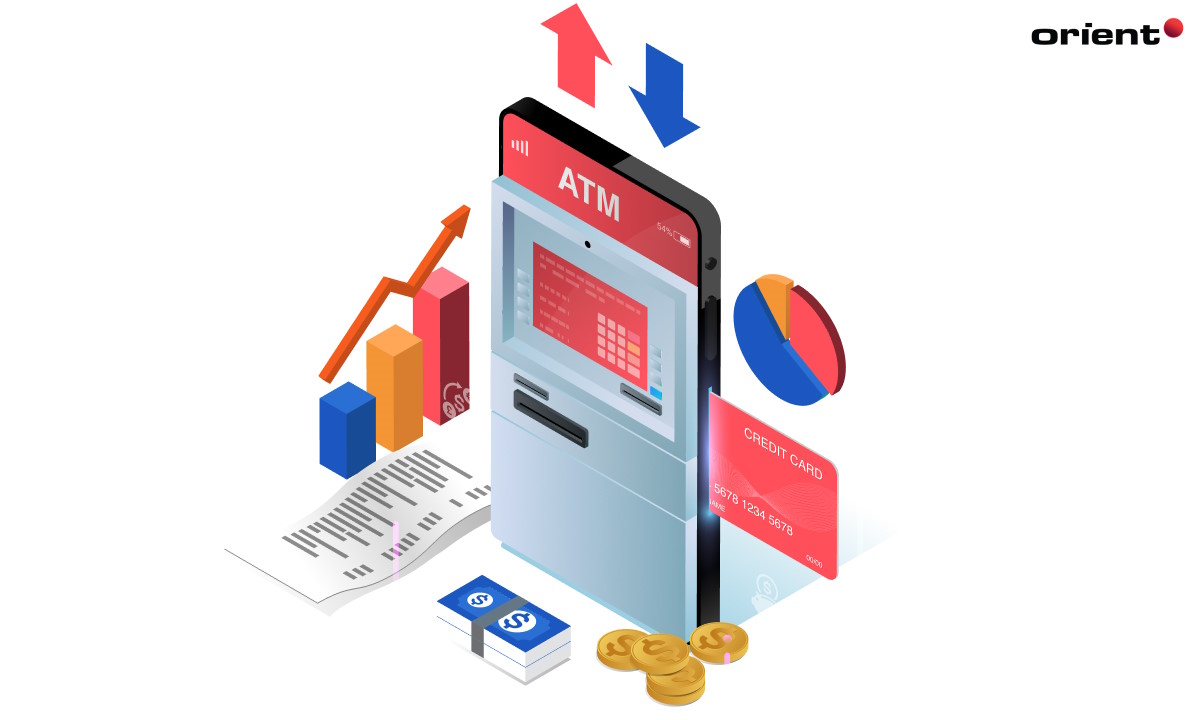
Today’s mobile banking app market is enormous and has a vast user base. To stay competitive, banks must offer their customers a variety of features that are both functional and secure. Here are some of the nice-to-have features in mobile banking software you can consider.
Security is essential when it comes to any financial services provided by a bank. Financial institutions should employ the highest standards of security in order to protect customer data from fraudsters. Authentication methods such as biometrics, digital certificates, and tokenization can all help reinforce the security of the mobile banking solution.
Biometric authentication characteristics involve using a person’s unique physical, such as facial recognition or fingerprints, to identify them. Digital certificates are used to verify the identity of users and are usually implemented using public/private key technology. Tokenization is another security measure that involves securing sensitive data with randomly generated tokens. All these measures not only help protect customers’ data but also increase their trust in the app and their willingness to use it for their banking needs.
Even a mobile-only banking app can integrate all authentication methods using a security system called two-factor authentication/multi-factor authentication. Mobile banking apps can verify a customer’s identity with the assistance of a banking app call on the smartphone or message in some cases. By equipping online banking apps with these security features, banks employ the highest standards of safety and gain trust from customers for their transactions and data.
Considered one of the basic features of the mobile banking app, bill payment and transfer options provide customers with a convenient way to manage their money from the comfort of their own devices. With this feature, with just one simple operation of opening the banking software, users can now quickly and securely make mobile payments directly from their phone or computer without entering their banking information each time.
While financial institutes are only open during office hours and require customers to wait in line to use services and solve payment needs, the payment features on the banking app make everything easier and faster than ever when allowing users to transfer money, view transaction history, check their balance, and set up direct debits and standing orders 24/7.
This also helps protect against fraud, as customers never have to share their banking details with third parties. In addition, it simplifies the process of making payments or transferor funds, which saves valuable time for customers.
There are notifications that customers never want to miss, such as notifications about bank account balance fluctuations. Besides acting as a financial solution, the banking app is more than just a tool for making secure payments while also providing customers with push notifications and alerts.
Push notifications enable users to keep up-to-date with their account activity, such as new transactions or low account balances. Alerts provide users with reminders or warnings when certain conditions are met, such as when payment is due on a loan or credit card balance or system maintenance notifications.
Besides, if you have linked invoice information to the banking app, this tool also provides you with monthly bill reminders, just like real billing software. Business owners can also utilize this function as an effective marketing strategy to promote promotions, the latest products, offers, and services. Banks should also offer customizable alerts which allow customers to choose which types of notifications they want to be aware of.
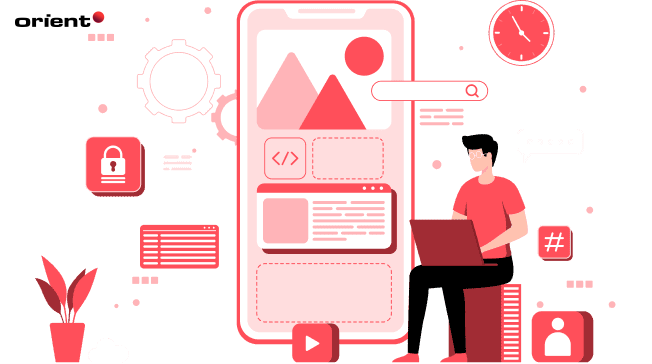
Because of the development of the banking industry, more and more businesses are starting to create banking apps. There are thousands of mobile banking apps out there. So, how to create a modern banking app stands out from other mobile banking apps? It all revolves around advanced features. Only by providing features that are not available elsewhere with good quality can your mobile banking app attract potential customers and keep them on your product longer. Below are some advanced features that you can refer to.
Voice recognition is a feature in mobile banking apps that utilizes voice recognition technology to identify and authenticate users. This feature allows customers to access their bank accounts by simply speaking their name or other pre-defined phrases, providing a convenient and secure way for them to log in and use the mobile banking app.
Voice recognition can also be used for customer service requests within the app, such as checking account balances, transferor funds, and more. By using voice recognition technology instead of a traditional numerical password or PIN, customers save a lot of time on typing. In addition, retrofitting this feature is also a good way to improve customers’ experience by providing them with more natural interactions within the mobile banking app.
QR code payments are considered an improvement of security and authentication features when combining two security methods, biometric authentication and dynamic one-time passwords, to provide customers with a secure yet convenient way to make payments. By scanning a QR code, customers can pay for products or services without having to enter their credit card information on the app.
This process studied the need for long passwords or PINs, which provides an added layer of security and convenience for customers. Additionally, the QR code is dynamic, meaning that it changes with each transaction and cannot be used again. This ensures that transactions are secure and prevents fraudsters from gaining access to customer bank accounts.
The development of chatbot technology has come a long way over the last decade. Advances in natural language processing allow chatbots to understand and interpret customer queries better than ever before. ChatGPT is a well-known example. That’s why chatbots are increasingly being applied to custom software products, including mobile banking apps.
By applying artificial intelligence, chatbots are able to act as customer support managers when providing timely customer support anytime, anywhere. This counseling the need for customers to wait on hold when they have questions about their bank accounts or services. Furthermore, chatbots can also provide customers with proactive assistance such as account balance alerts, notifications about transaction activity, or tips for saving money.
Geolocation can help mobile banking apps by providing users with location-specific information. For example, geolocation can be used to detect when a customer is near an ATM or branch and offer them relevant services. Detecting when a customer is in an area where their account balance may be low will make it easy for the bank to provide them with helpful incentives such as discounts or free money transfers. Geolocation is also one of the security features on mobile banking apps that can be used for fraud prevention by detecting when a customer is making transactions from unfamiliar locations.

No matter what your purpose when create a banking app is, do not ignore the instructions below in the mobile banking development process to optimize the quality of the output.
Before starting the main steps in mobile banking application development, it is essential to conduct research as it allows businesses to understand the market as well as their own internal environments.
Regarding the market, research helps provide insights into customer needs, e-commerce technology trends, and current market conditions. With a deep understanding of the market, it is easier for you to make decisions about the design and functionality of the mobile banking application when you have a solid foundation of knowledge from the start.
Regarding the internal business environment, research means understanding where the business is in the financial industry. To easily identify this, businesses need to identify strengths and weaknesses using generally accepted strategies, such as SWOT analysis. The overall outcome of successful research activity is that businesses can ensure that their application meets user needs while also remaining competitive.
A prototype is a preliminary concept or model of a product, process, or system that is used to test and refine the design and functionality before the full version is developed. They are useful for quickly exploring ideas and testing assumptions about how the product will be used. Because the mobile banking app is more than a complex product, the software development team usually builds a prototype first based on the specifications drawn up with the customer’s participation. And only when that prototype is approved should businesses begin the mobile banking app development process.
Functionally, the prototype allows businesses to design the user experience without having to commit to the final product or mobile banking app features. They can be successfully used to demonstrate how such apps will look, feel, and function, as well as test app features that may have yet to be considered in the initial planning phases, contributing to helping businesses ensure the launch of the mobile banking app.
As stated above, security is very important for financial apps, and of course, for mobile banking apps. In order to comply with central government policies and regulations, mobile banking apps must have all necessary licenses and KYC compliance. Besides, pay attention to security features like biometrics, digital certificates, tokenization, two-factor authentication, and multi-factor authentication to double the security effect for users when using a mobile banking app.
Ensuring security at the early stages of mobile banking app development helps strengthen customers’ confidence in the product and limits vulnerabilities exposed later that can result in financial losses, data loss, and customer dissatisfaction. Regular security audits should also be conducted to ensure that all vulnerabilities are identified and addressed promptly.
Mobile banking app is particularly popular among Millennials due to their ease of use and personalized features such as card spending notifications, budgeting tools, bill splitting options, utility bills, and fraud protection. However, being too familiar with technology trends has made this group of customers even more difficult to reach when they have so many better mobile banking app choices. That is why businesses need to focus on the application user interface to be able to attract this number of potential customers.
A successful mobile banking app in terms of UI/UX is one that has a user-friendly interface and a clean, modern, and responsive design to create a seamless experience for users. Key features such as navigation menus, account summaries, payment options, and customer support should be easy to find with clear labels. If possible, interactive elements can be added to make the app more engaging and enjoyable to use.
The tech stack is a term used to describe the combination of programming languages and software products used to build an application, including a mobile banking app. It typically consists of a backend development language such as Java, .NET, or Node.js, along with databases, frontend web frameworks such as Angular or React, and other tools. Depending on the type of functionality of the mobile banking application, different tech stacks will be involved.
However, this mobile banking application development is too complicated and multi-step. It’s time to outsource or build a dedicated team of experienced software developers to go with. Their expertise will help the project manager choose the right tech stack for the product and shorten the time to complete the mobile baking app.
The development phase is not only the banking app development based on the planned features but also includes testing and maintenance once the product is out. This is also the stage where the development team’s full efforts are needed. For the dev team to function as efficiently as possible, you need to clearly define the responsibilities of each person in the development team and ask them to support each other closely in the mobile banking application development process.
After completing the development of a mobile banking app, don’t skip the testing process, as it helps you a lot in proving that it works correctly and without any bugs or technical issues. Once you have confirmed that all features on a mobile banking app are working properly and there are no major issues, then you can launch your app for customer use.
However, launching the product doesn’t mean you’re done developing the app. Maintain and test the app regularly on multiple platforms and devices, including different versions of Android and iOS, to ensure that everything keeps on track and without any errors that affect the customer experience.
Keep in your mind that developing a mobile banking app is a long process and takes more time and budget than you think. Taking care of the mobile banking app from the very beginning will help you achieve success in the technology market.
Planning on outsourcing your mobile app project? Find out what goes into a mobile app development cost estimate and how to choose the right developer.
Is your business missing out on a secret weapon? Explore the REAL benefits of mobile apps for business and unlock explosive growth!
Take a look at the different types of healthcare software. Learn how these technologies are revolutionizing healthcare services.
Take a look at the best reading apps that are changing the way we consume content. Explore features and benefits, and find the perfect app for your reading needs.
Unsure of the best database for your iOS app? Compare SQLite, Core Data, and Realm to find the ideal match for your app’s needs.
